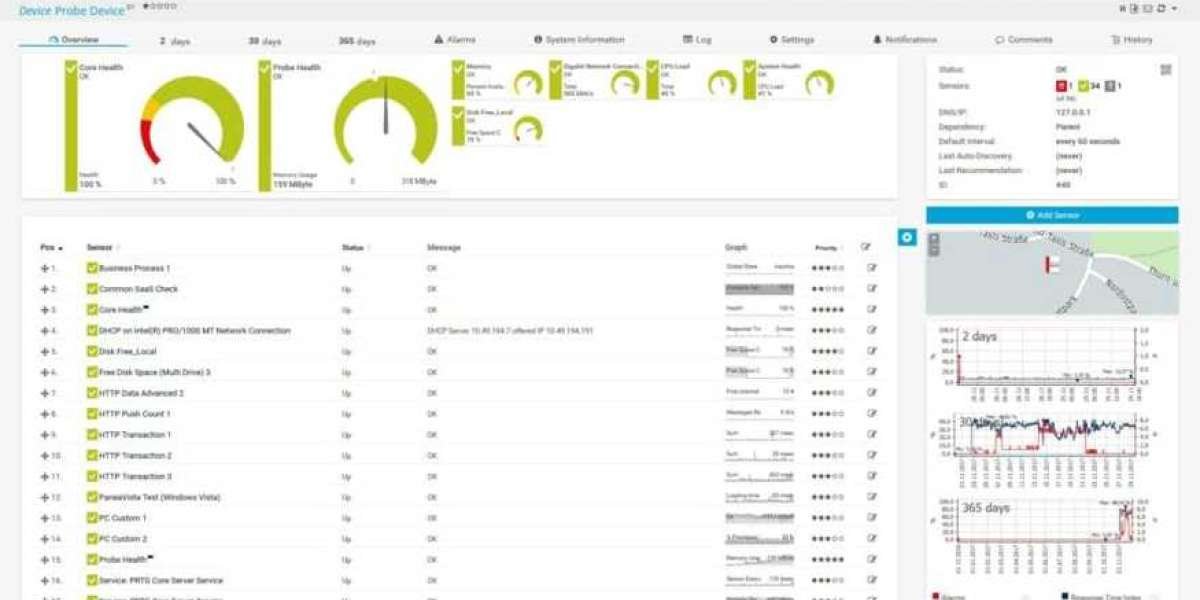In current years, the phenomenon of eat-and-run scams has gained notoriety within the gambling and on-line betting community. This deceptive practice entails people placing bets on sports events, usually using fake identities, and then withdrawing their winnings without any intention of following through with their commitments. As a response to this rising concern, platforms like WithVegas have emerged, providing customers with priceless information on how to report eat-and-run incidents successfully. Understanding the strategies for reporting these scams is crucial for maintaining a fair gaming setting.
The importance of addressing eat-and-run behavior extends beyond mere monetary losses; it impacts the integrity of betting platforms and the overall trust within the industry. In 2022 alone, it was estimated that over 20 million dollars have been misplaced as a end result of such fraudulent actions globally, highlighting a pressing want for efficient reporting mechanisms. Customers encountering this problem should have a clear understanding of how to report eat-and-run incidents so as to safeguard their pursuits and contribute to a safer gambling setting.
Recognizing Eat-and-Run Behavior
Before one can successfully report an eat-and-run scam, it's essential to recognize what constitutes this type of fraudulent habits. Sometimes, eat-and-run individuals will create multiple accounts on numerous betting sites, putting significant bets and shortly cashing out their winnings. For example, a bettor may use a stolen bank card to fund their account, win a considerable amount, and then disappear earlier than the platform can validate their id. This behavior not solely affects the site in question however also can lead to elevated scrutiny on reliable users, impacting their expertise negatively.
Data from a number of gambling regulatory bodies signifies that the variety of reported eat-and-run cases has elevated by roughly 30% year-over-year since 2020. As recognized by trade watchdogs, frequent red flags include unusual betting patterns, rapid withdrawal requests, and customers with minimal betting historical past. Understanding these indicators is important for gamblers to protect themselves and their funds.
Documenting Your Experience
To successfully report an eat-and-run incident, thorough documentation is critical. Start by accumulating all relevant information, including transaction information, screenshots of conversations with the betting platform, and any e-mail correspondence. For instance, a user who encountered a fraudulent account could doc their interactions, including timestamps, bet amounts, and account particulars. This proof will be invaluable when filing a report.
According to a examine by the International Affiliation of Gaming Regulators, documenting experiences will increase the chance of successful decision by 45%. Clear, detailed accounts assist authorities understand the situation better and take applicable motion. Thus, gamblers are encouraged to take care of diligent records of their betting actions and any suspicious occurrences.
Understanding Reporting Procedures
Most betting platforms have established procedures for reporting suspicious activity, together with eat-and-run scams. Customers sometimes must navigate to the location's "Help" or "Help" part to find information on how to file a grievance. For instance, a broadly known sports betting site may supply a dedicated form for reporting fraudulent conduct, ensuring fast processing of claims. Familiarizing yourself with these procedures can save time and result in more efficient resolutions.
Additionally, users should think about reaching out to client safety companies inside their jurisdiction if they imagine their case requires further escalation. Many countries have established frameworks for reporting gambling-related fraud, which may involve native authorities or particular regulatory our bodies. In the Usa, for example, the Federal Trade Fee oversees consumer protection in on-line playing, providing a robust framework for reporting scams.
Utilizing Community Resources
In addition to official reporting methods, the betting community typically offers useful resources for individuals going through eat-and-run eventualities. Online boards, social media groups, and specialized websites can provide insights into comparable experiences shared by other bettors. For occasion, a user sharing their expertise on a forum would possibly inform others of a particular platform identified for frequent scams, fostering a collective awareness that benefits all members.
Moreover, community-driven platforms often compile lists of verified sites and people flagged for suspicious actions. Participating with these resources may help users stay knowledgeable about potential risks and learn from the experiences of others. A survey conducted by the eGaming Review found that roughly 60% of respondents relied on community insights to choose safe betting sites, emphasizing the value of shared data in combating fraud.
The Position of Regulatory Bodies
Regulatory bodies play a pivotal function in overseeing gambling platforms and making certain compliance with legal requirements. These establishments not solely set pointers for player safety but also work to research and resolve complaints related to eat-and-run scams. For example, the UK Playing Fee actively investigates reported incidents, offering stories that assist stakeholders understand trends and patterns regarding fraud.
Furthermore, these organizations often implement strict licensing necessities for betting platforms, guaranteeing that they adhere to user protection policies. International Locations with well-defined playing rules, corresponding to Sweden and the UK, have seen a notable decrease in fraudulent actions compared to areas with weaker oversight. Statistics point out that proper regulation can cut back incidences of playing fraud by more than 25% over time, showcasing the effectiveness of rigorous standards.
Taking Preventative Measures
While understanding how to report eat-and-run incidents is crucial, preventative measures can save users from falling sufferer to such scams within the first place. One key strategy is conducting thorough site verification earlier than engaging in any betting actions. This involves researching the site's reputation, 카지노이벤트 reading user reviews, and checking for licenses from recognized regulatory bodies. For instance, bettors might access sources corresponding to WithVegas to substantiate the legitimacy of varied betting platforms.
In addition to site verification, adopting responsible gambling practices is crucial. Setting personal limits on betting amounts and frequently reviewing one's gambling habits can considerably decrease dangers. A accountable playing campaign by the Responsible Gambling Council noted that users who interact with educational content about betting dangers are 50% less prone to encounter issues associated to gambling fraud. By implementing these practices, users can enhance their protection in opposition to eat-and-run tactics.
As the prevalence of eat-and-run scams continues to rise, understanding how to report eat-and-run incidents turns into increasingly important. By recognizing the behaviors that fuel these scams, documenting experiences accurately, using community resources, and adhering to regulatory requirements, people can play an lively position in making a safer gambling setting. Platforms like WithVegas function priceless guides, providing trusted information on site verification and user protection insurance policies for those seeking to navigate the complexities of on-line betting responsibly.







